news
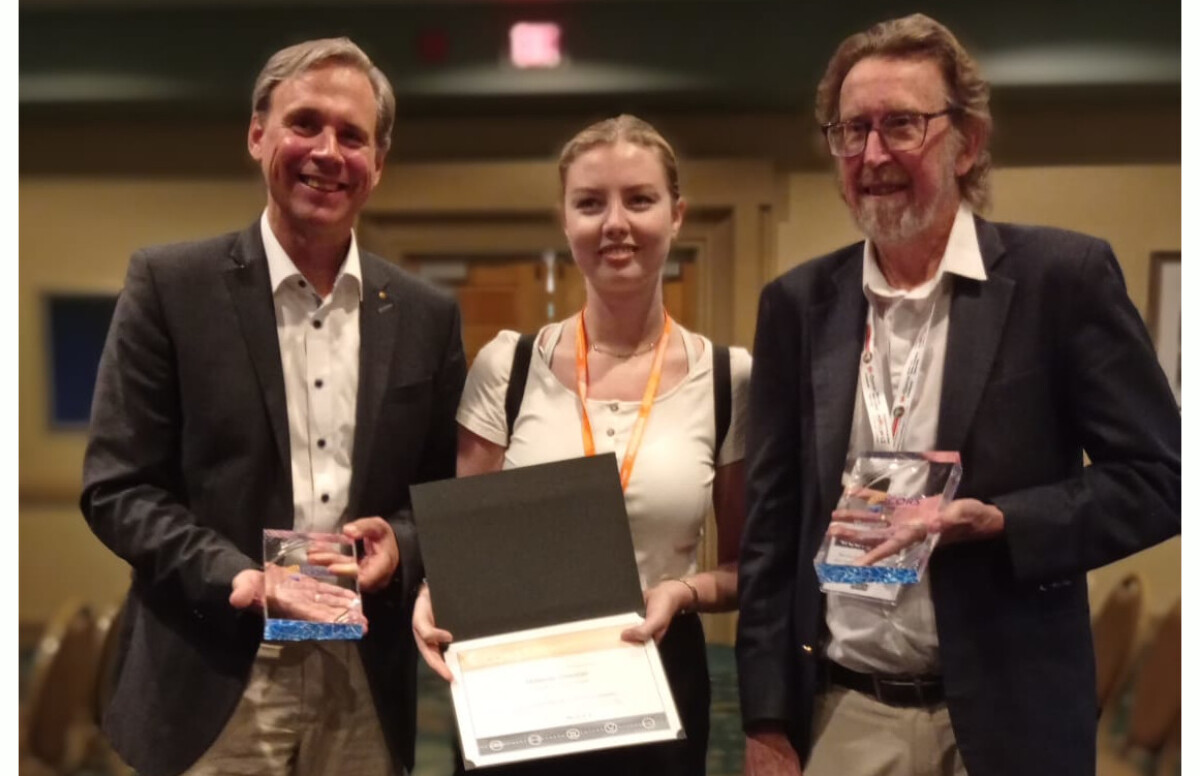
Two awards for CRC 1093 members
Work on the dynamic hybrid AuNP origami platform for SERS by Michael Erkelenz and Richard Kosinski of Barbara Saccà's group (project A6) and Helene Giesler (Schlücker group, project A9, photo: middle) was presented at the International Conference on Raman Spectroscopy (ICORS) August 14-19, 2022 in Long Beach, California and awarded with one of the 7 prestigious poster prizes. "The Raman Award for the Most Innovative Technological Development" went to Sebastian Schlücker (photo: left) for the development of a compact and fast Raman readout device for highly sensitive on-site diagnostics using nanotechnology and laser light. Congratulations to everyone involved in this collaborative work!
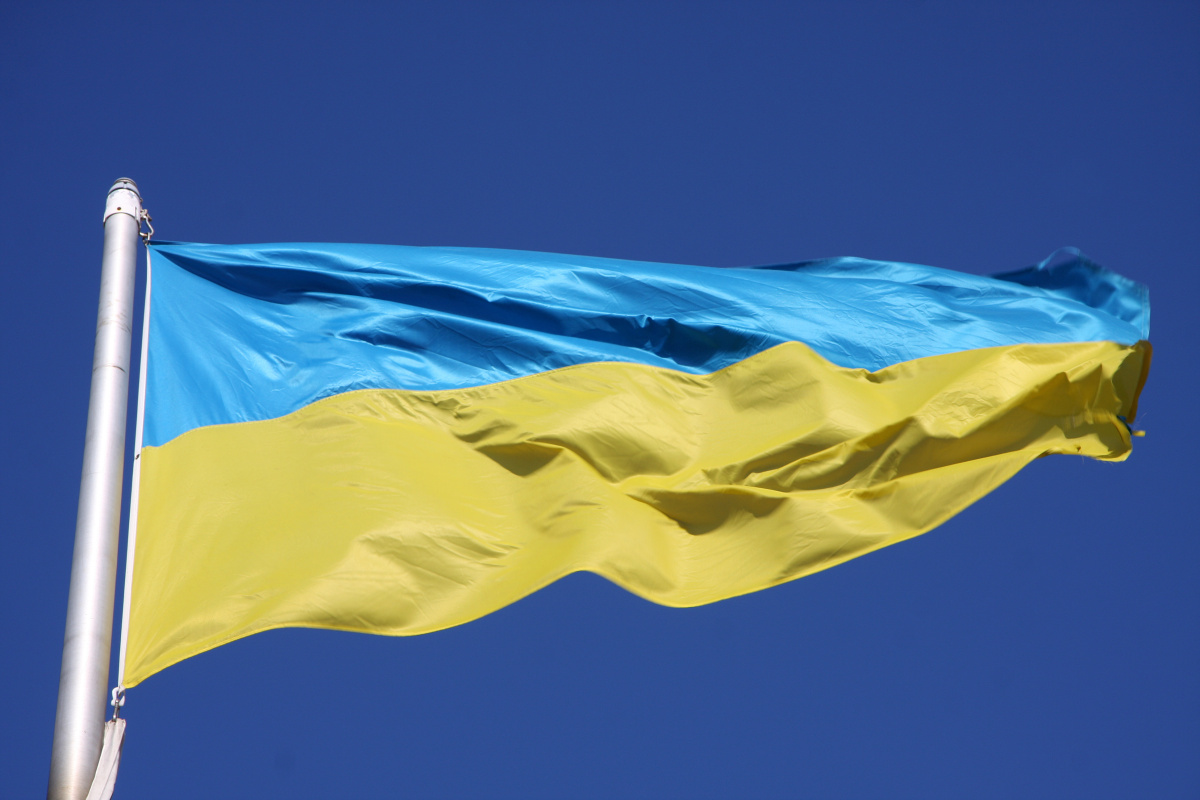
War in UkraineSolidarity with the people of Ukraine
We are all appalled by the attack on Ukraine. Two members of our research consortium come from Ukraine and have family there. They gave a radio interview on 25th of February at Radio Essen: https://www.radioessen.de/artikel/angriff-auf-ukraine-so-reagieren-ukrainer-in-essen-1229773.html
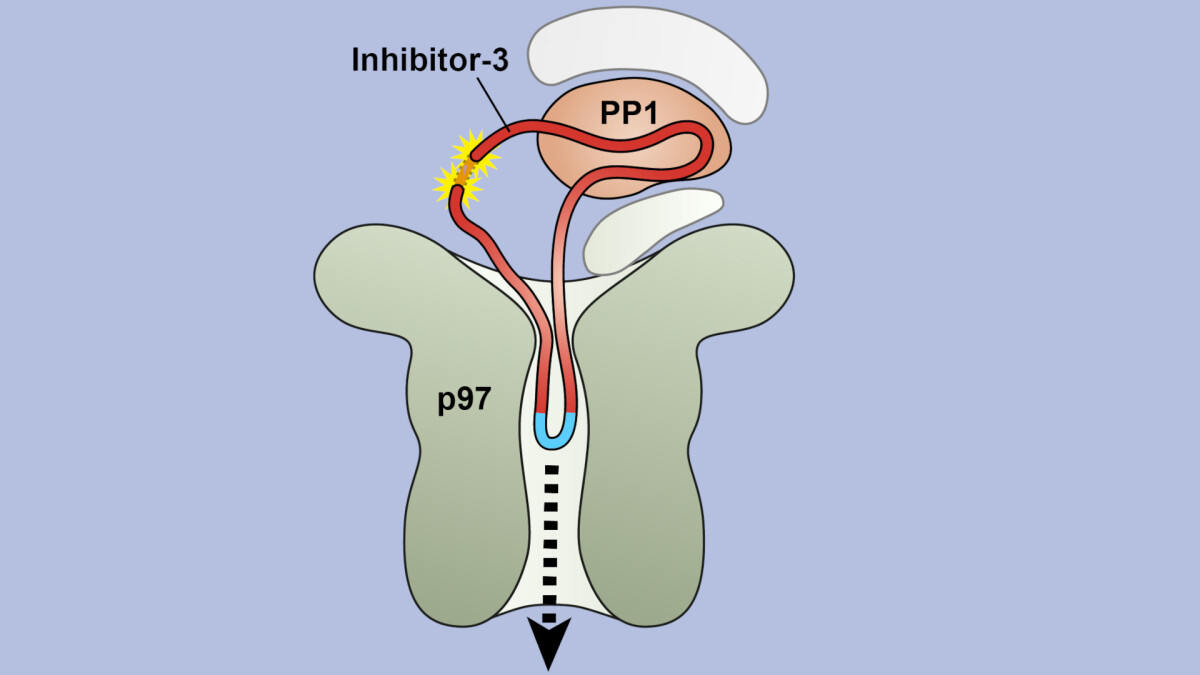
Recent publicationTargeted substrate loop insertion by VCP/p97 during PP1 complex disassembly.
J. van den Boom, A. F. Kueck, B. Kravic, H. Müschenborn, M. Giesing, D. Pan, F. Kaschani, M. Kaiser, A. Musacchio, H. Meyer. Nat Struct Mol Biol 2021 Nov 25. doi: 10.1038/s41594-021-00684-5.
Read press release and the original article
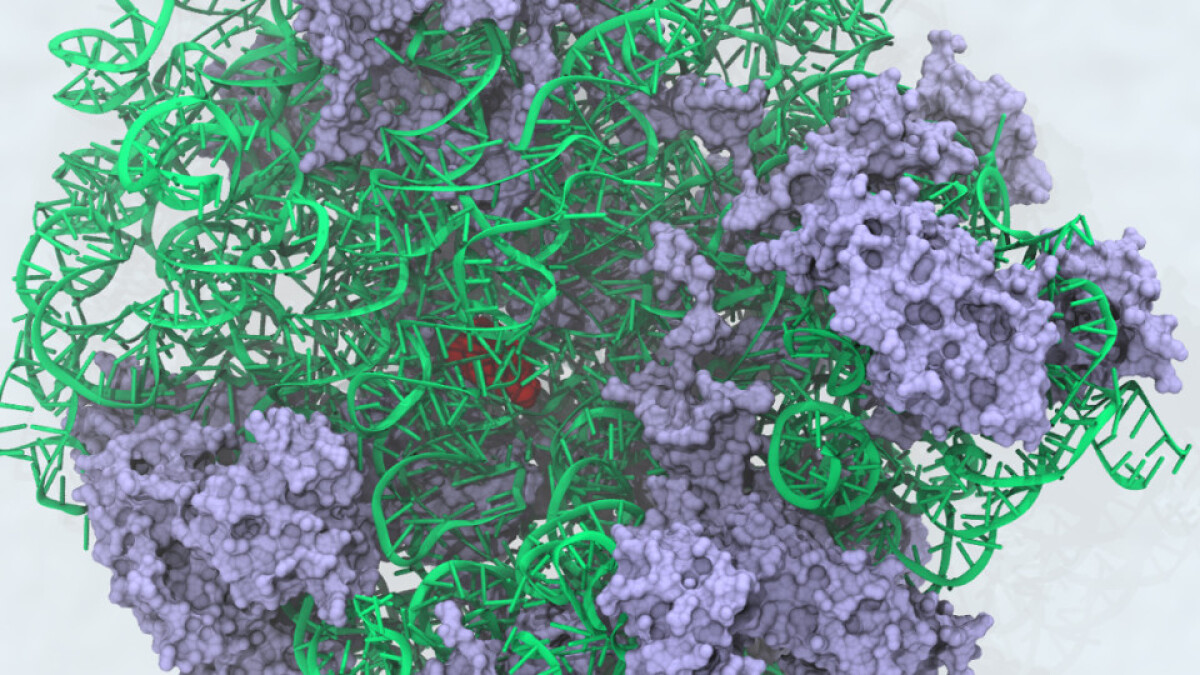
Recent publicationRational prioritization strategy allows the design of macrolide derivatives that overcome antibiotic resistance
Together with an international team Elsa Sanchez Garcia and her group have successfully used computational strategies to identify and test new antibiotics. Read original article, read press release.
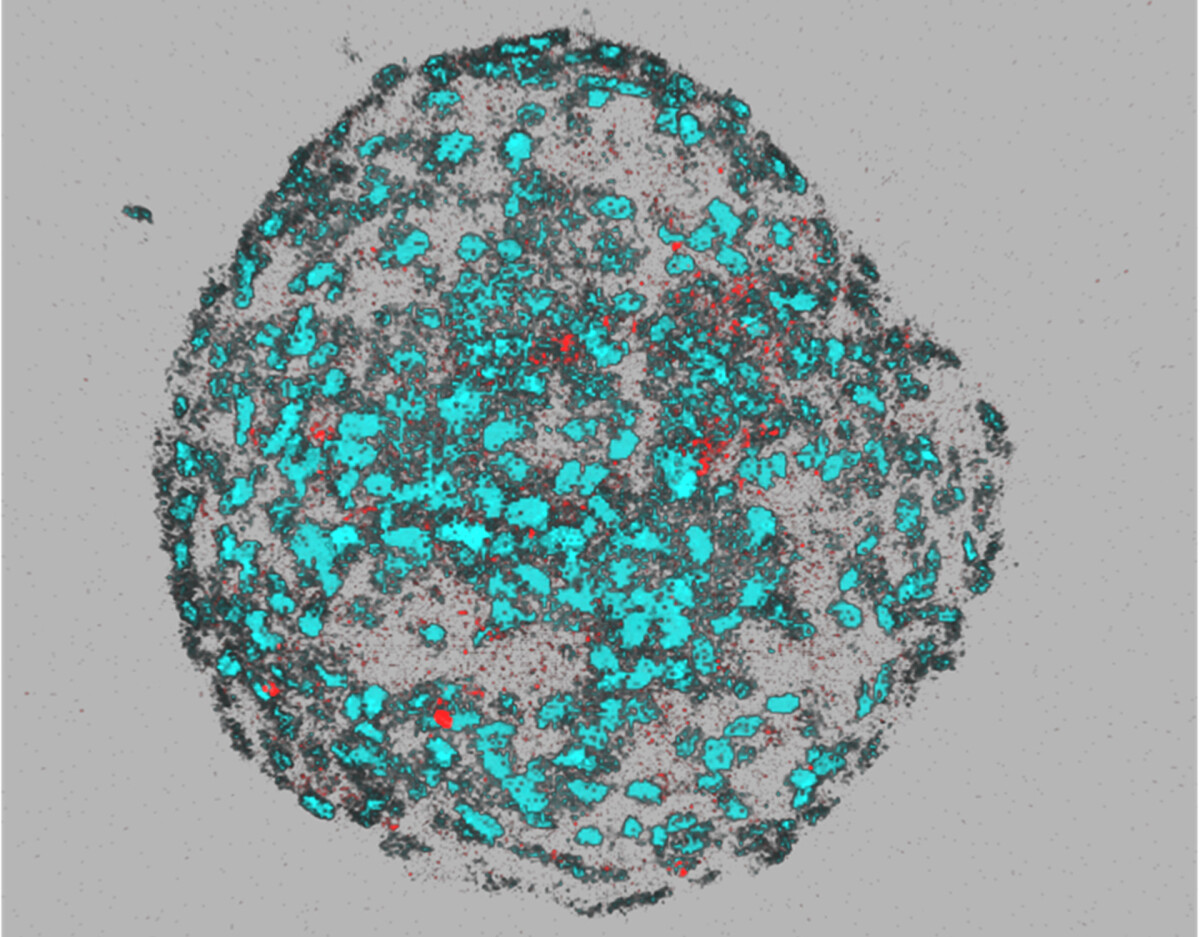
New BMBF projectUltrasmall Nanoparticles in stroke research
The group of Matthias Epple of the Faculty of Chemistry and two other research groups from the Medical Faculty have successfully applied for a BMBF-project to establish new methods in stroke research without animal testing. The group of Matthias Epple hereby develops ultra-small nanoparticles with different sizes and charges. These are tested in 3D-organoids in vitro to test which active substances pass the blood-brain barrier and what their effects are. Read more (in German)
The picture on the left shows a confocal laser scanning microscopy image of 3D organoid after 120 h cultivation time. DAPI staining (blue), ultra-small gold nanoparticles (red).
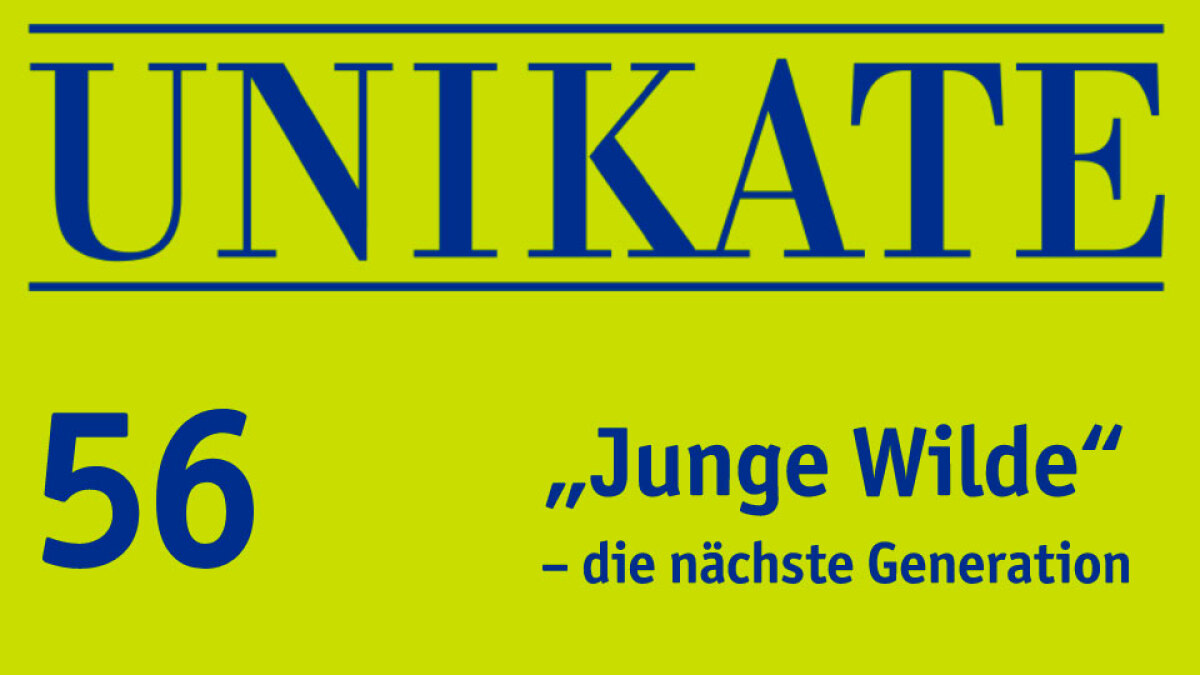
Public OutreachThe next Generation
The new issue of Unikate focuses on a series of "Junge Wilde", exemplary for the many young researchers at our university. Doris Hellerschmied-Jelinek, Michael Giese, Jens Voskuhl and Jochen Niemeyer who are young researchers of our CRC report on their research topics and make them accessible to readers from outside the field and to the public. Read more
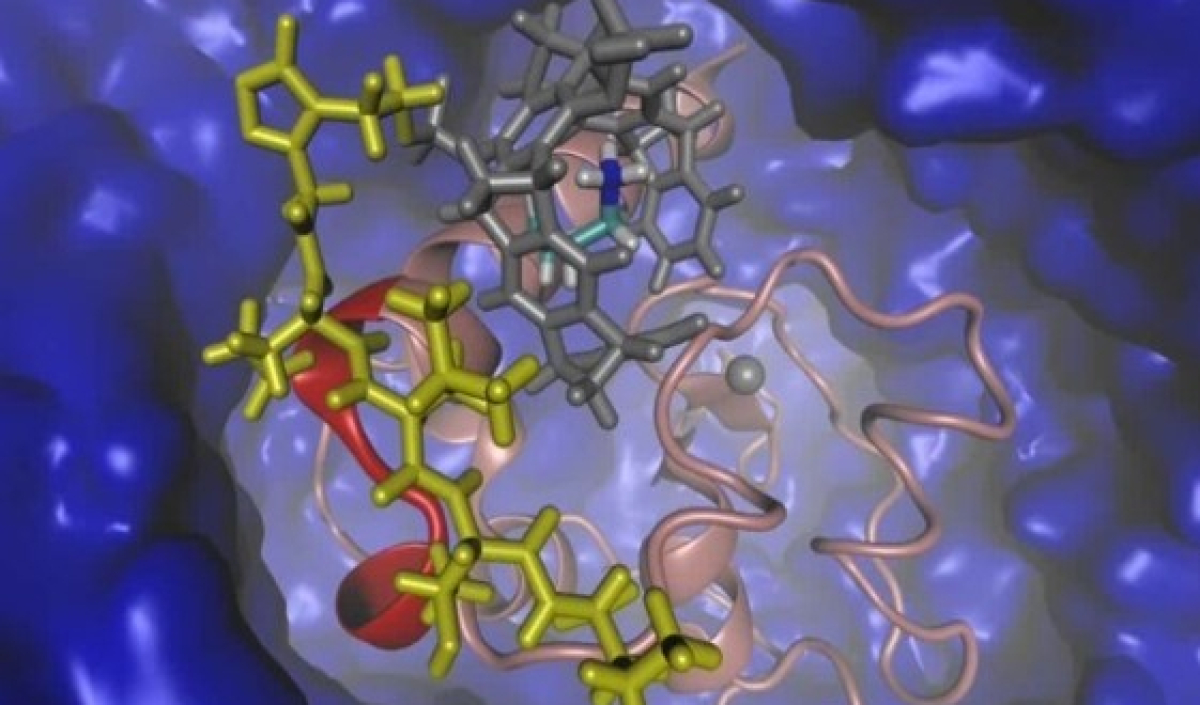
Success of Interdisciplinary CollaborationSwitching Off the Survival Protein for Cancer Cells
[08.03.2021] It is called the "survival protein" because it plays a central role in the growth of cancer cells: survivin influences two important processes in the body's cells at the same time – cell death and cell division. Chemists and biologists at the UDE have now succeeded in developing a precise molecule that can bind the protein’s surface at a defined site and switch it off.
Publication: A. Meiners, S. Bäcker, I. Hadrovic, C. Heid, C. Beuck, Y. B. Ruiz-Blanco, J. Mieres-Perez, M. Pörschke, J.-N. Grad, C. Vallet, D. Hoffmann, P. Bayer, E. Sanchez-Garcia *, T. Schrader*, S. K. Knauer*: Targeting a protein epitope: Specific inhibition of the Survivin-CRM1 interaction by peptide-modified molecular tweezers. Nat. Comm. 2021, doi 10.1038/s41467-021-21753-9 *corresponding authors
Press release in German / English
The local newspaper WAZ (Westdeutsche Allgemeine Zeitung) reported about this project and our consortium [23.03.2021]: "Mit Maßarbeit gegen Krebs".
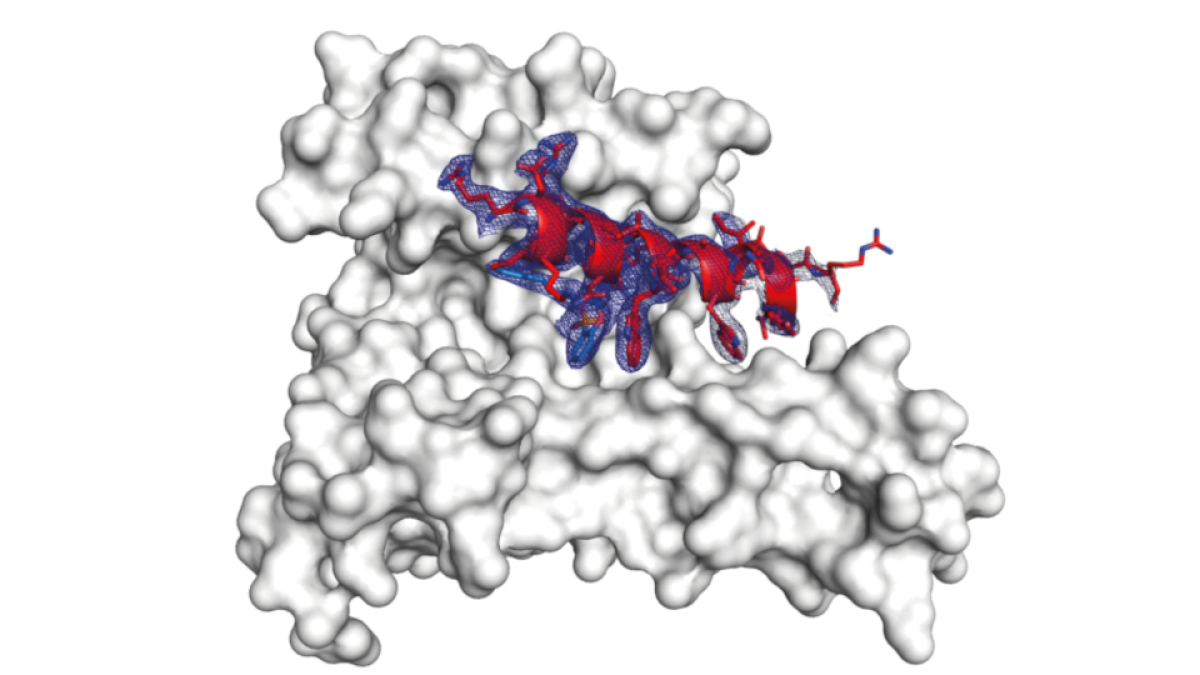
Structure-based evolution of a promiscuous inhibitor to a selective stabilizer of protein-protein interactions
E. Sijbesma , E. Visser , K. Plitzko, P. Thiel, L.-G. Milroy, M. Kaiser, L. Brunsveld, C. Ottmann
Nat Commun. 2020 Aug 7;11(1): 3954. doi: 10.1038/s41467-020-17741-0.
Read press release (in German)

Public outreachScience in primary schools
[09.03.2020] To attract the interest of children to MINT subjects – this is the ambitious aim of Prof. Sebastian Schlücker from the Department of Chemistry when he started the project „experimentamus!“. Equipped with a variety of materials he is visiting primary schools in the Ruhr area. The children (3rd and 4th grade) can perform simple experiments to really understand the underlying scientific phenomena in physics and chemistry. Meanwhile Sebastian Schlücker has developed a variety of teaching and learning materials for the topics air, fire, water, weather, heat, light, electricity, and magnetism, which enables teachers to easily implement these scientific experiments including detailed explanations in their lessons. The project is supported by the Lions Club Essen Baldeney and was recently awarded with the 3rd place in the UDE's small business management (sbm) start-up competition (read more).
Find information about the CRC1093 project A9 of Sebastian Schlücker here.
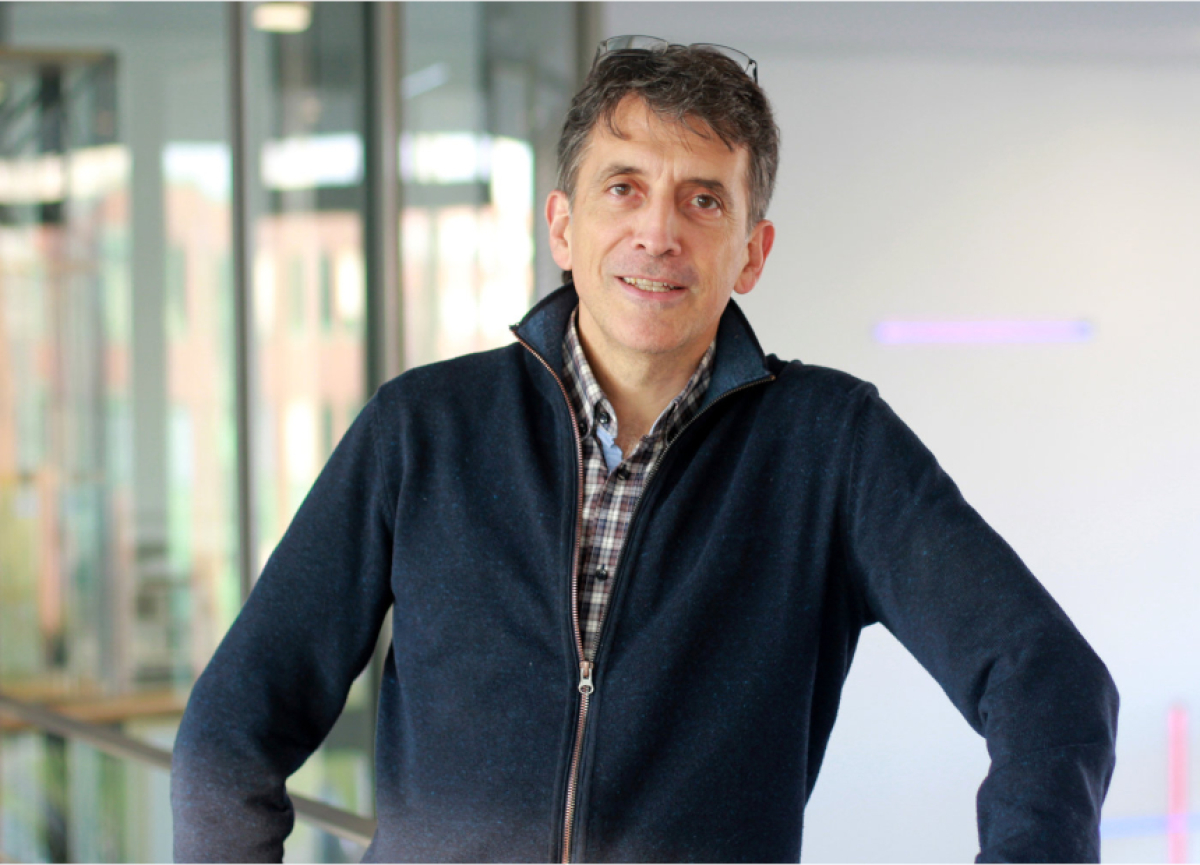
Andrea Musacchio receives Leibniz Prize 2020
Andrea Musacchio receives the Leibniz Prize for his pioneering work in structural biology, specifically the mechanisms of chromosome segregation in cell division. Musacchio focuses on the structure and function of the kinetochore, an extremely complex structure that plays a key role in the distribution of chromosomes among the daughter cells when a cell divides. By combining structural analysis with biochemical and cell biology studies, he has obtained fundamental insights into the function and regulation of the kinetochore, making an outstanding contribution to our understanding of the critical phases of cell division. His contribution to clarifying how the attachment of microtubules to chromosomes is regulated was equally important: he identified a crucial control mechanism which ensures that cell division is delayed until all chromosomes are attached. Using the Mad2 template model, he laid the foundations for understanding how this stage is controlled during cell division. Read more about the Leibniz Prize of the DFG here.
Find information about the CRC1093 project B6 of Andrea Musacchio here.
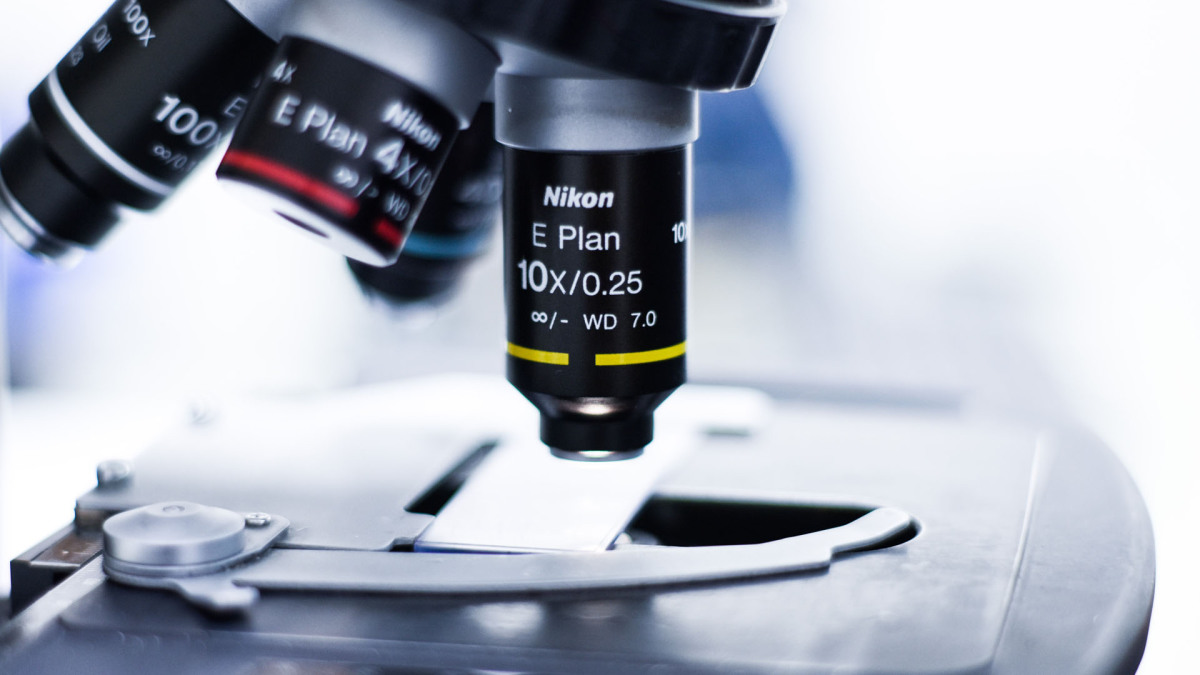
Sofja Kovalevskaja-Award for Doris HellerschmiedProtein Folding and Stress
August 2019
Dr. Doris Hellerschmied examines how cells react to molecular forms of stress. She is one of six winners of the Sofja Kovalevskaja-Award of the Alexander von Humboldt-Stiftung. She has received 1.65 million euros to establish an independent research group at the UDE. Read more
Find information about the CRC1093 project AM1 of Doris Hellerschmied here.
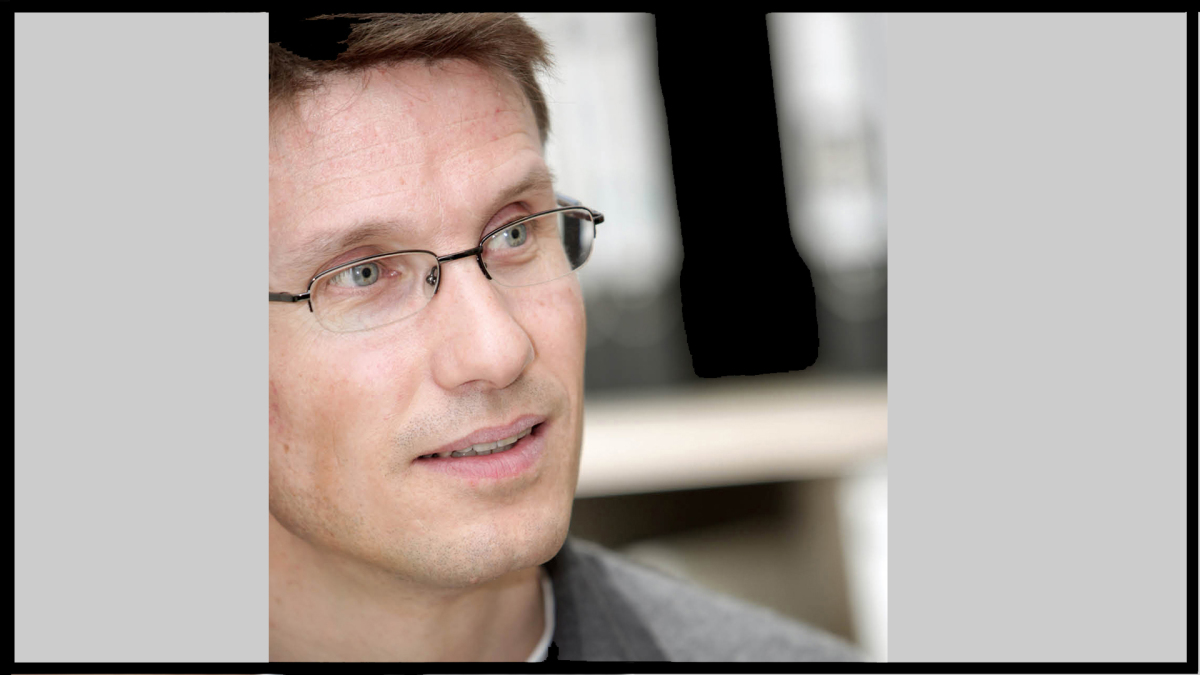
Sad News
We all grieve the loss of our dear colleague and friend Prof. Dr. Carsten Schmuck who passed away on August 1, 2019. Carsten was an excellent scientist, teacher and mentor. His excellent research within the field of supramolecular and combinatorial chemistry and his extraordinary commitment as a group leader and vice speaker was highly appreciated in our consortium. We sorely miss him. He will be in our thoughts. More
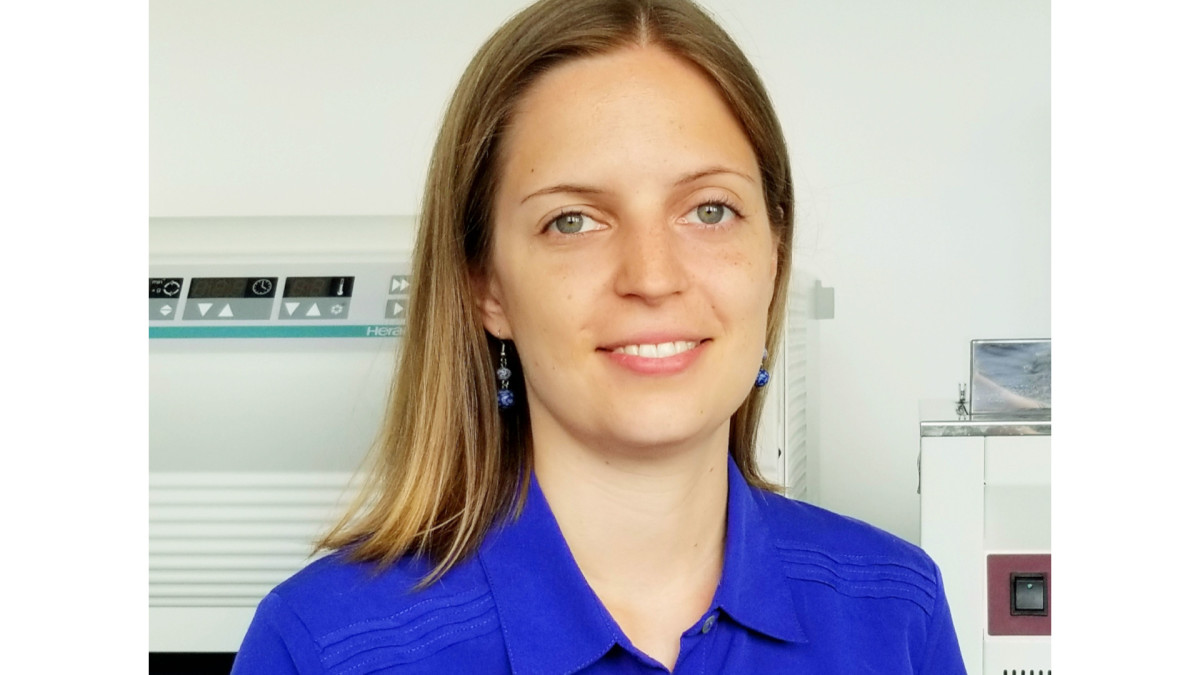
New Associated MemberDoris Hellerschmied joins the CRC1093
Doris Hellerschmied has been appointed as a group leader at the Faculty of Biology recently and will start now to collaborate with several groups within the CRC as an associated member. She will study the molecular interactions between chaperones and their client proteins, and modulate these interactions with chemical probes (read more).
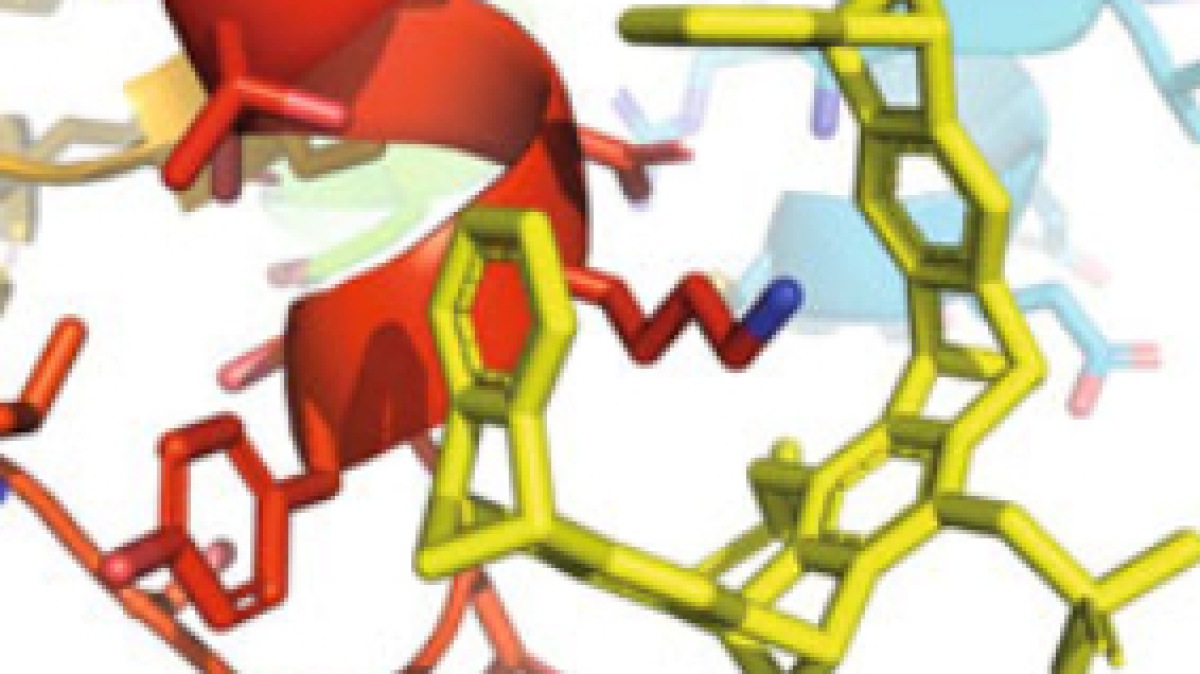
Public OutreachMaßgeschneiderte Liganden für Protein-Protein-Interaktionen
The de novo design of artificial modulators for protein protein interactions remains a premier challenge in chemical biology. This article summarizes latest developments on the area of small supramolecular binders for hot spots as well as large polymer materials suitable to address extended protein interfaces. In recent years novel chemical tools have evolved which allow to block or activate essential protein contacts at will.
BIOSpectrum 2018, 24, 387-389, Springer. DOI: 10.1007/s12268-018-0934-5
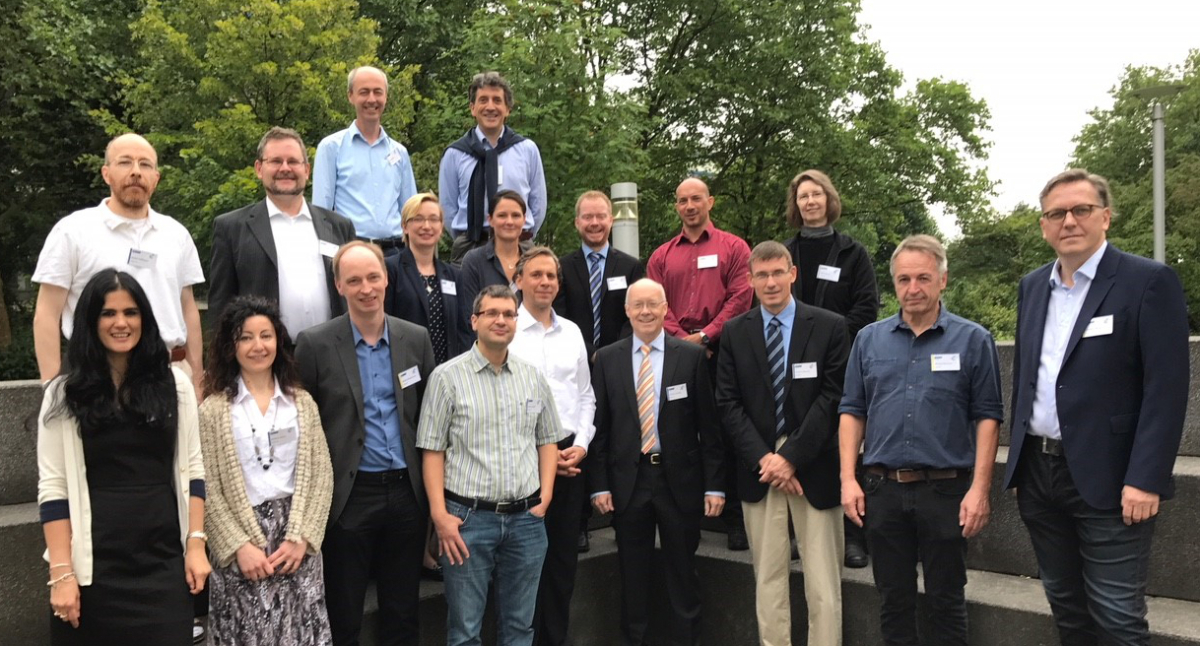
The SFB 1093 starts into its second round in 2018Novel concepts for protein recognition and modulation by supramolecular ligands
[28.10.2017] The SFB 1093 will start into its second round in 2018: the German Research Foundation (DFG) will fund 18 interdisciplinary projects for another 4 years with around 10 million Euro. The CRC “Supramolecular Chemistry on Proteins” aims at a deeper understanding of the underlying principles of protein recognition and functional modulation by supramolecular ligands. The CRC combines different expertise from synthetic and supramolecular chemistry, molecular and cell biology with computational chemistry, bioinformatics and structural biology. This unique combination further strengthens the research profile of the University of Duisburg Essen.
Chemists develop novel concepts for protein recognition and modulation by supramolecular ligands which biologists apply to answer biological questions, which can best be tackled with supramolecular chemistry. The considerable competence already accumulated in the CRC consortium will be further reinforced by three new groups joining in the second funding period, providing novel methods for fluorescence detection and imaging (Voskuhl), precision macromolecules as templates for multivalent ligand presentation (Hartmann) and the fascinating new protein class of microtubule (Westermann). The research projects are complemented by the Integrated Research Training Group "Supramolecular Chemistry and Biology".

